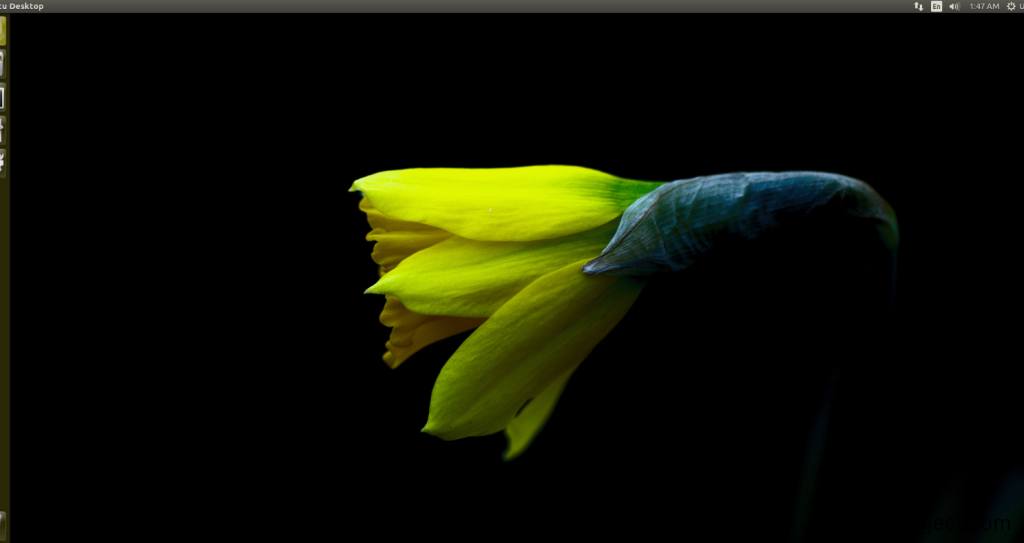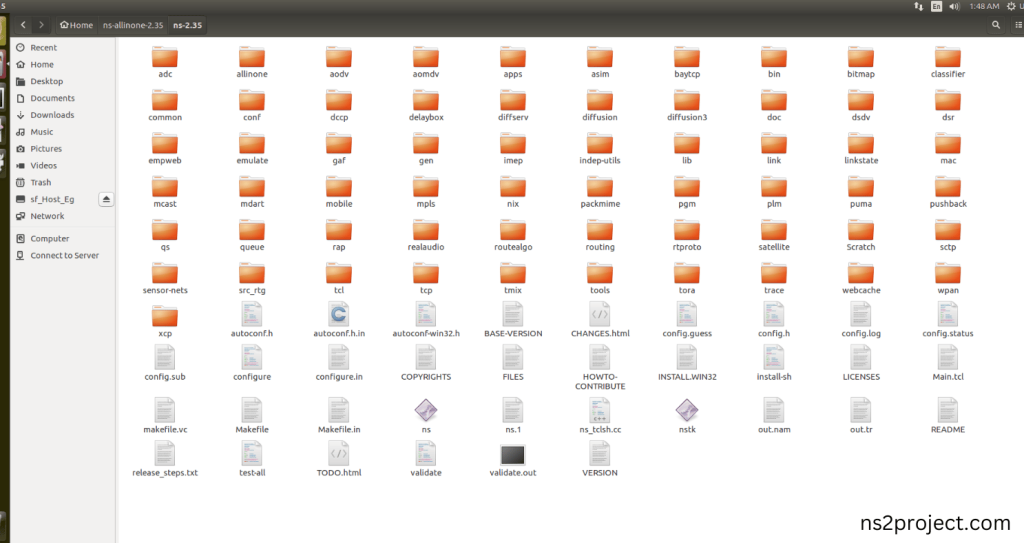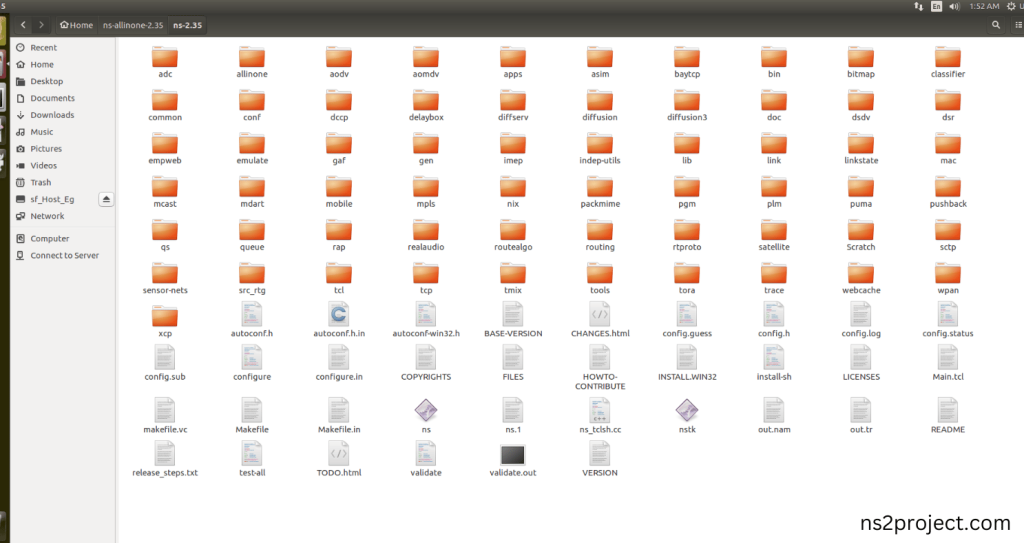How to Install SCHEDULER.H Packages in Ns2
To import SCHEDULER.H packages in NS2 tool follow the steps that we have listed in this page.If you face more difficulties then we will give you best solutions. Here, we will explain about the The Scheduler class plays a key role in organizing and timing simulation events. The scheduler.h file has the details about the Scheduler class and its important methods, which are essential for how the simulation works. In NS-2, events are given a specific time to happen, and the Scheduler makes sure they occur in the right sequence. It uses an event queue to keep track of events according to when they should happen, which helps to accurately represent how the network behaves. This file also has methods for adding, deleting, and handling events, making it a vital part of the simulation’s timing system.
PRE-REQUISITES:
- Fresh installation of Ubuntu 16.04 LTS:
Screenshot:

2.NS-2.35 Installation:
Screenshot:

Here, Percentage (%) symbol Denotes the successful installation of the NS 2.35 Simulator.
Screenshot:

HEADER FILE VERIFICATION:
- Locate to the ns-2.35 folder:
Screenshot:

2.Create the Main.tcl file in the scratch folder:
Next we need to create the Main.tcl file by using text editor in the ns-2.35 folder.
Screenshot:

Next we need to paste the below code to the Main.tcl file and save the file in the ns-2.35 folder.
Code:
# Set the simulation environment
set ns [new Simulator]
set tracefile [open out.tr w]
$ns trace-all $tracefile
set namfile [open out.nam w]
$ns namtrace-all $namfile
proc finish {} {
global ns tracefile namfile
$ns flush-trace
close $tracefile
close $namfile
exec nam out.nam &
exit 0
}
# Create two nodes
set n1 [$ns node]
set n2 [$ns node]
$ns duplex-link $n1 $n2 1Mb 10ms DropTail
set udp [new Agent/UDP]
$ns attach-agent $n1 $udp
set null [new Agent/Null]
$ns attach-agent $n2 $null
$ns connect $udp $null
set cbr [new Application/Traffic/CBR]
$cbr set packetSize_ 500
$cbr set rate_ 0.5Mb
$cbr attach-agent $udp
# Schedule events for the CBR traffic
$ns at 0.5 “$cbr start”
$ns at 4.5 “$cbr stop”
# Schedule the end of the simulation
$ns at 5.0 “finish”
# Run the simulation
$ns run
Screenshot:

3.Open the Terminal:
Next, we need to launch the terminal by right clicking the mouse in the ns-2.35 location.
Screenshot:

Screenshot:

4.NS-2.35 Configuration && Building Process:
Next, we need to configure and build the ns-2.35 folder to make the Created files need to work in ns-2.35 configuration.
Command: “./make”
Screenshot:

Screenshot:

Screenshot:

5.Importing Scheduler.h:
Here we imported the Scheduler.h header file code indirectly accessed the Scheduler class manages the execution of these scheduled events based on the simulation time in this example program. Here we highlighted the code line that highlighted which is the part of the Scheduler.h that we will show class file that used in this code via Common folder.
Screenshot:

Screenshot:

Here we will show the header file by opening Scheduler.h file to show the class or function imported from the Scheduler.h in the example code. “$ns run” eventually calls the “Scheduler::run()” method in the background, which starts the event loop and processes events until the simulation time ends.
Screenshot:

6.Executing the Example Program for Scheduler Header:
Then we need to run the Example program for Scheduler Header to view output of the program.
Command: “./ns Main.tcl”
Screenshot:

Here we shown the output of the example program by using Scheduler.h.
Screenshot:

Screenshot:

Screenshot:

Here, we have shown the out.tr file for Output of the Communication of the Network done in the simulation.
Screenshot:

In the NS 2.35 Simulation Example Program, the Scheduler.h Header file is successfully imported. Send us a message we will give you with best research ideas and topics on your interested area. To import the SCHEDULER.H packages in NS2, we have detailed the necessary steps. If you encounter any issues after following them, feel free to reach out to us for top-notch research assistance. The ns2projects.com team is here to offer you the best research guidance in this field.







